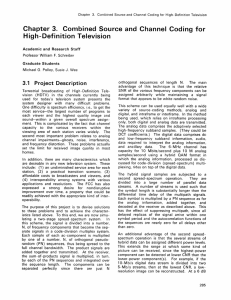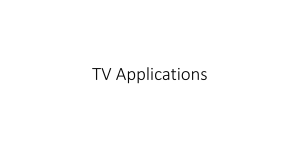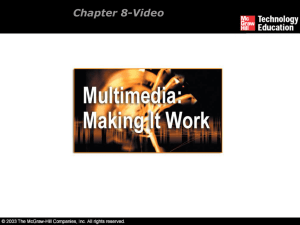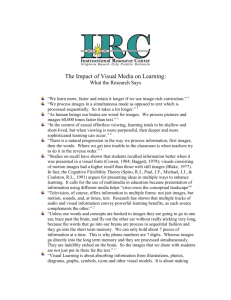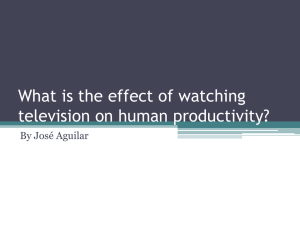Linking Multimedia Objects
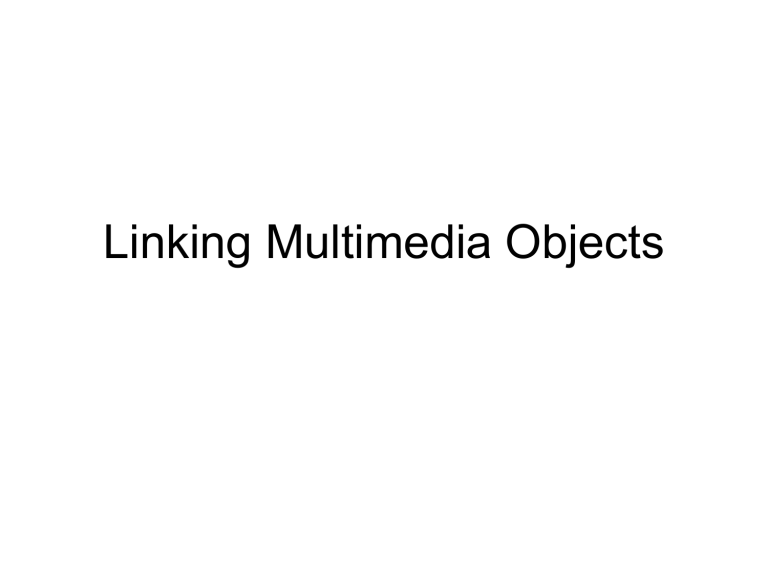
Linking Multimedia Objects
Linking Multimedia Objects
• Multimedia elements can dynamically be linked with other applications and documents or embedded on them.
• When an object such as an image is embedded in a destination file it becomes part of the file, and the original or source file can be edited or changed without changing the embedded object.
Linking Multimedia Objects
• When an object is linked, it is only the location of the source file and a representation of its data are kept in the destination file. i.e. the actual data for the object is still stored in the source file.
Broadcasting Video Standards
• Four broadcasting (TV) video standard and recording formats:
– NTSC, PAL, SECAM, HDTV
Integrating Computers and
Television
• Current television video is based on analog technology.
• Computer video is based on digital technology and other, more extensible images.
• To display analog video (television) images in real-time on a computer monitor, the video signal must first be converted from analog to digital form.
Integrating Computers and
Television
• A special video digitising overlay or hardware on the motherboard must be installed in your computer to take the video signal and convert it to digital information.
• The analog video signal (converted to digital information) and the computer’s own digital graphics are mixed, yielding either a full screen motion video.
Differences between Computer and
Television Video
• Color reproduction and display is different between televisions and computer monitors.
• Because computers use RGB component video (colors are split into red, green, and blue signals), their colors are purer and more accurate than those seen on television monitor.
Differences between Computer and
Television Video
• When working with text and titles for video production can be produced with analog character generator. But computer can do this digitally using video and image-editing software.




